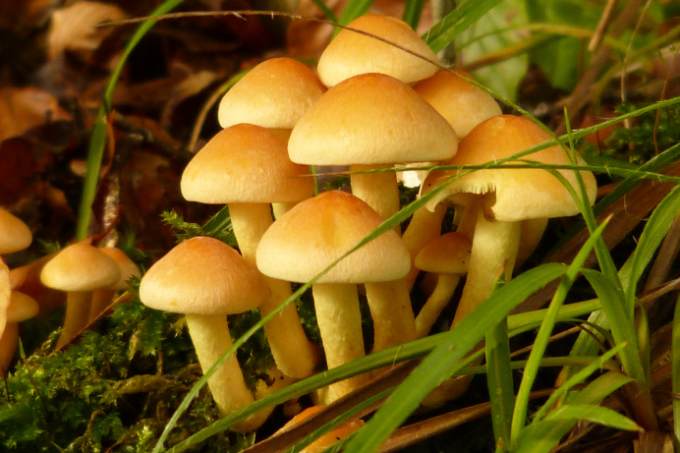Mushroom In India: Mushroom cultivation has gained significant traction in India due to its potential for high yields and economic returns. With suitable climatic conditions and proper techniques, growing mushrooms can be a lucrative venture for farmers. This guide presents an overview of the process, highlighting essential steps for successful mushroom cultivation in India.
Selecting Suitable Mushroom Varieties
Different varieties of mushrooms thrive in varying conditions. In India, commonly cultivated species include oyster, button, and paddy straw mushrooms. Assessing factors like climate, availability of resources, and market demand aids in selecting the most suitable variety for cultivation.
Preparation of Substrate Materials
Substrates serve as the growth medium for mushrooms. Common substrates include agricultural waste like paddy straw, wheat straw, or even sawdust. These materials require sterilization or pasteurization to eliminate contaminants before introducing mushroom spawn.
Inoculation with Spawn
After preparing the substrate, inoculation with mushroom spawn follows. Spawn, which is essentially the fungal culture, is introduced into the substrate. This step initiates the growth of mycelium, the vegetative part of the fungus, throughout the substrate material.
Incubation Period
The inoculated substrate needs a conducive environment to allow mycelium to colonize. This stage, termed the incubation period, requires specific temperature and humidity levels, typically ranging between 20°C to 30°C. Adequate ventilation and controlled conditions are crucial for successful mycelial growth.
Casing and Pinning
In certain mushroom varieties like button mushrooms, casing—adding a layer of peat moss or soil—is essential to stimulate fruiting. Following casing, pinheads or primordia start appearing. This stage marks the initiation of mushroom formation.
Maintaining Optimal Growing Conditions
Once pinning occurs, maintaining consistent environmental conditions becomes critical. Factors such as humidity, temperature, light exposure, and air circulation play pivotal roles in determining the yield and quality of mushrooms.
Harvesting and Post-Harvest Handling
Harvesting typically begins when the mushrooms reach the desired size but before they release spores. Careful handpicking ensures minimal damage to the mushrooms. Post-harvest handling involves proper packaging and storage to maintain freshness and quality.
Challenges and Considerations
Despite the potential for profitable cultivation, mushroom farming in India faces challenges such as disease management, maintaining sterile conditions, and market fluctuations. Continuous learning and adopting best practices aid in overcoming these hurdles.
Conclusion
Mushroom cultivation presents a promising opportunity for agricultural diversification and income generation in India. With proper knowledge, suitable varieties, and adherence to best practices, farmers can successfully cultivate mushrooms, contributing to the country’s agricultural growth while reaping economic benefits.
By understanding the nuances of mushroom cultivation and implementing effective techniques, individuals can harness the potential of this thriving industry in India.
Remember, patience and attention to detail are key in mastering the art of mushroom cultivation, promising both agricultural and economic prosperity in the long run.


